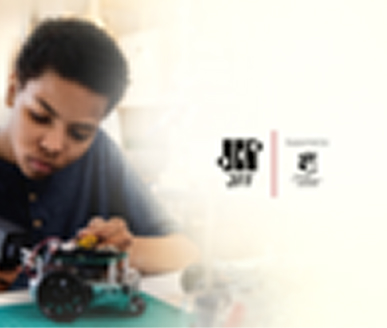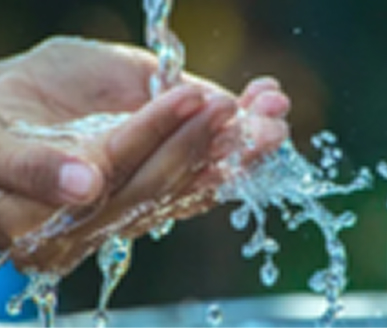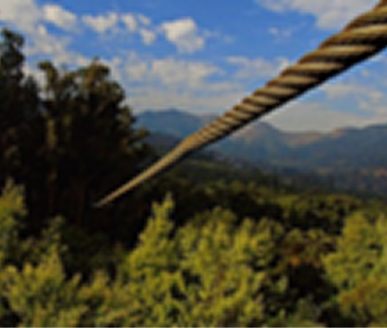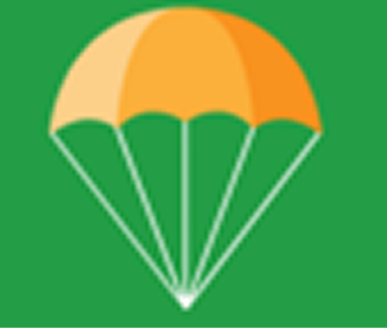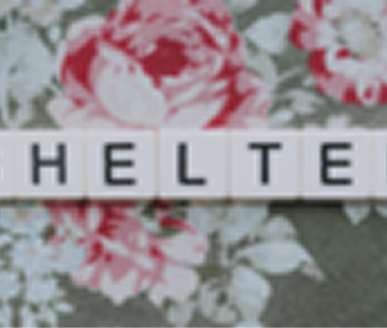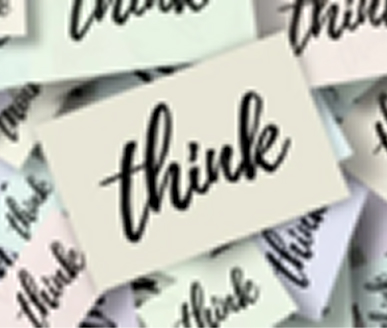Engineering and Design Digital Lessons - STEMploration
Students assume the role of engineers as they learn to prototype, iterate, and innovate. Students are introduced to the design process, develop problem-solving and research skills, and learn to foster a growth mindset. Each lesson below contains the Facilitator Guide resource provides the details and necessary preparation to enable users to complete the lesson. The .zip file contains the SCORM driver and content to be uploaded into a Learning Management System.
NOTE: If you use Google Classroom or another LMS that does not support SCORM, please access the digital lesson for the students through the link provided in each lesson description.
Engineering and Design Digital Lessons - STEMploration Modules
Engineering & Design Virtual Lessons Unit Overview; Instructions for using SCORM files with Canvas and Blackboard; List of external links to be whitelisted by lesson for this collection.
This resource is free to use, adapt, and share for non-commercial purposes with credit to Center for the Future of Arizona. Please review and follow our full Terms of Use.
In this lesson, students will be introduced to career options in engineering, look at some important data through a mystery data activity, and then discuss their observations with the class.
NOTE: If you use Google Classroom or another LMS that does not support SCORM, please access the digital lesson for the students through the link provided directly here: https://rise.articulate.com/share/fLlxycR7BVnedl56KDEi2fGTR4qAtyLl
This resource is free to use, adapt, and share for non-commercial purposes with credit to Center for the Future of Arizona. Please review and follow our full Terms of Use.
In the Engineering and Design 101 lesson, students will be introduced to engineering, the basics of the engineering and design process, the four main disciplines of engineering, and an engineering Design Lab activity.
NOTE: If you use Google Classroom or another LMS that does not support SCORM, please access the digital lesson for the students through the link provided directly here: https://rise.articulate.com/share/luxs0bWgBV-kl-ZYdH5lGdLI7EADgYFc
This resource is free to use, adapt, and share for non-commercial purposes with credit to Center for the Future of Arizona. Please review and follow our full Terms of Use.
In the Engineering and Design Process lesson, students will learn about the steps of the EDP and reflect on the EDP steps that they followed in the Paper Pillar problem from Lesson 2.
NOTE: If you use Google Classroom or another LMS that does not support SCORM, please access the digital lesson for the students through the link provided directly here: https://rise.articulate.com/share/eIKaTRBAhzrGsfcvxvCI4qszubQglmY2
This resource is free to use, adapt, and share for non-commercial purposes with credit to Center for the Future of Arizona. Please review and follow our full Terms of Use.
Students will gain an understanding of the importance of water, the issues surrounding lack of access, and how these factors affect the problem that is worsened in the wake of natural disasters.
NOTE: If you use Google Classroom or another LMS that does not support SCORM, please access the digital lesson for the students through the link provided directly here: https://rise.articulate.com/share/2ZTK1Ozc4oOyP7yypwePCIdqYsVTE1fe#/
This resource is free to use, adapt, and share for non-commercial purposes with credit to Center for the Future of Arizona. Please review and follow our full Terms of Use.
In this lesson, students will get in the brainstorm mindset by completing a brainstorming exercise.
Previously, students learned about the saltwater purification process through the water cycle. Now, students will model this process on a small scale to get fresh water using a solar still. They will need to find recycled or reclaimed materials to create an example.
They will also learn about the Indonesian state of emergency and brainstorm solutions to the water contamination crisis.
Students will have the opportunity to discuss elements that go into a good sketch and create a sketch for their prototype.
NOTE: If you use Google Classroom or another LMS that does not support SCORM please access the digital lesson for the students through the link provided directly here: https://rise.articulate.com/share/a4xsqKmL4ShaFRFyV1YmRk1tSRaYNNsy
This resource is free to use, adapt, and share for non-commercial purposes with credit to Center for the Future of Arizona. Please review and follow our full Terms of Use.
Students will use their combined knowledge from previous lessons to build and test their solar still to see how well it performs and what changes might need to be made before providing or presenting this example to the WHO. Finally, they will set goals for future engineering notebook entries. Facilitator Note: This lesson asks students to build and test a solar still. This will require access to a sunny spot for 24 hours. For this reason, the lesson has been broken into two parts. Facilitators planning to have their students build and test solar stills should plan 2 days for this lesson.
NOTE: If you use Google Classroom or another LMS that does not support SCORM, please access the digital lesson for the students through the link provided directly here. https://rise.articulate.com/share/mQ4wz1SM1PpGVACtARudUjgMlE9SyMHO
This resource is free to use, adapt, and share for non-commercial purposes with credit to Center for the Future of Arizona. Please review and follow our full Terms of Use.
In this lesson, students will use the engineering and design process to solve a zip-line problem. Using readily available materials, students will design a solution to carry a ping-pong ball down a string and release it to hit a target. First, students will explore the problem, design constraints, and background research. Then, students will build and test a prototype, recording the results in their engineering notebook. Students will consider ways that you could rebuild your prototype. Finally, students will look at careers related to the mechanical engineering field, evaluating each through the lenses of self, security, and society.
NOTE: If you use Google Classroom or another LMS that does not support SCORM, please access the digital lesson for the students through the link provided directly here. https://rise.articulate.com/share/wCQzIB1sK4AZ-RZPLPdUQtCmkSeUAacp
This resource is free to use, adapt, and share for non-commercial purposes with credit to Center for the Future of Arizona. Please review and follow our full Terms of Use.
In this lesson, the students will use the engineering and design process to solve an airdrop/parachute problem. Using readily available materials, they will design a solution to carry a set mass to the ground as slowly as possible.
The students will be introduced to the project and explore the problem, constraints, and background research before starting to design a prototype. The students will then build and test a prototype, recording the results in their engineering notebook. They will rebuild and retest their prototype using feedback from their classmates, teacher, and families. Finally, the students will present their results and look at different careers in this field, evaluating them through the lenses of self, security, and society.
NOTE: If you use Google Classroom or another LMS that does not support SCORM, please access the digital lesson for the students through the link provided directly here: https://rise.articulate.com/share/5hEJm3qIgWxwMciwEfIIqyzGT4LvuNlB
This resource is free to use, adapt, and share for non-commercial purposes with credit to Center for the Future of Arizona. Please review and follow our full Terms of Use.
Students will use the engineering and design process to solve a shelter problem. Using readily available materials, plus scavenged materials, they will design a shelter solution that can be used in the rebuilding process in the wake of the tsunami.
NOTE: If you use Google Classroom or another LMS that does not support SCORM, please access the digital lesson for the students through the link provided directly here: https://rise.articulate.com/share/vNJRkLdmNVfhuhX4pbbt_BmbXwF5COYA
This resource is free to use, adapt, and share for non-commercial purposes with credit to Center for the Future of Arizona. Please review and follow our full Terms of Use.
In this lesson, students will use the engineering and design process to solve a paper tower problem. Given minimal materials, they will design the tallest tower they can.
The students will be introduced to the project and explore the problem, constraints, and background research before starting to design a prototype. They will then build and test the prototype, recording the results in their engineering notebook. The students will rebuild and retest the prototype using feedback from others. The students will then present their results and look at different careers in this field, evaluating them through the lenses of self, security, and society.
NOTE: If you use Google Classroom or another LMS that does not support SCORM, please access the digital lesson for the students through the link provided directly here: https://rise.articulate.com/share/W2AOx5y7aHcFD_DCi39HYyz_HQ4TfRce
This resource is free to use, adapt, and share for non-commercial purposes with credit to Center for the Future of Arizona. Please review and follow our full Terms of Use.
In this lesson, students will learn how to effectively present their ideas to others. They will learn how to plan and prepare a final presentation of the work they did on one of the projects in the Engineering unit.
NOTE: If you use Google Classroom or another LMS that does not support SCORM, please access the digital lesson for the students through the link provided directly here: https://rise.articulate.com/share/SM97PGT0LMiSnQ_aSMQRGbB3zfloW1G0
This resource is free to use, adapt, and share for non-commercial purposes with credit to Center for the Future of Arizona. Please review and follow our full Terms of Use.
This lesson begins with some questions designed to help the students recall the work they’ve done and what they’ve learned throughout this engineering unit. The students will engage in a reflective portfolio assignment and share their final thoughts with their classmates.
NOTE: If you use Google Classroom or another LMS that does not support SCORM, please access the digital lesson for the students through the link provided directly here: https://rise.articulate.com/share/nZyc3lm-minSEr8hhqLpgHVkchVRN4Lg
This resource is free to use, adapt, and share for non-commercial purposes with credit to Center for the Future of Arizona. Please review and follow our full Terms of Use.

